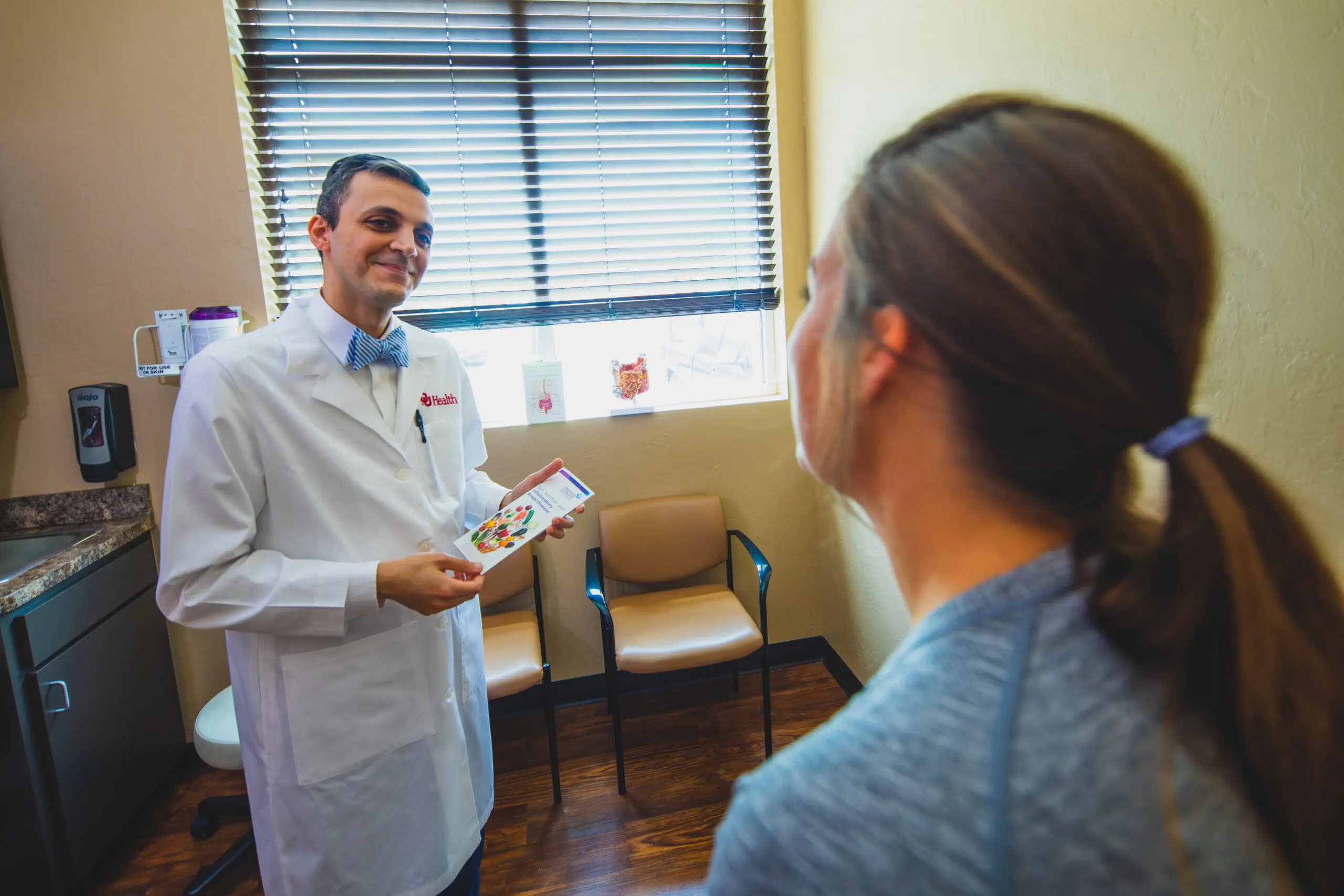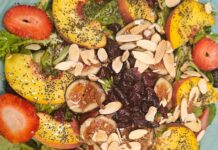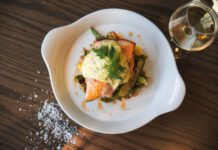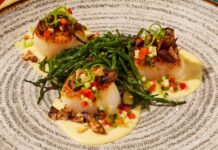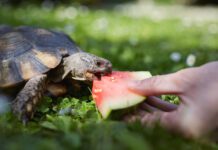Canning food at home can be a great way to preserve some of those garden harvests to enjoy year-round. It’s a method of food preservation that has been around for many years, and is often taught by previous generations of family cooks.
While there can be some really great memories around deliciously beautiful jars of food on the pantry shelf, there are a variety of important things to keep in mind if you want to continue this practice safely and effectively.
Barbara Brown, retired food specialist with the Oklahoma State University Cooperative Extension Service and associate professor in nutritional sciences at OSU, shares why the science behind canning works.
When food is canned, a system is developed inside a jar that keeps the nutrients in as much as when the food is cooked, she explains, and the bacteria that cause spoilage and illness are either destroyed or kept under control.
There are two methods for canning: boiling water canners and pressure canners. Boiling water canners are made using a large pot of boiling water and are used to can foods high in acid: fruits and pickled items, for instance.
For lower acid foods, meats and vegetables that aren’t pickled, a pressure canner is required. These are pieces of equipment that use pressure to raise the heat of the jars far above the boiling point of water.
“You can get rid of the microorganisms [with a pressure canner] that can survive in low acid foods, that can’t survive in high acid foods,” says Brown. “So you have to work harder to make sure those foods are safe.”
When it comes to home canning, safety should be top priority. And the best way to do it safely, according to Brown, is to follow a recent, scientifically-tested recipe specifically for home canning. It’s important to use a recent recipe, as recommendations do change frequently.
“We’re so creative with every other recipe, we think we can be creative here too,” says Brown. Not so. “This is not for creativity, this is for coloring inside the lines. Compared to regular cooking, you’ve got to lean more on the science, than you do on the art side of it.”
It’s also important to reference trustworthy information. Brown recommends contacting your county extension office for classes, or referencing The National Center for Home Food Preservation website, as well as the latest edition of the Ball Blue Book, which has hundreds of trustworthy recipes for home canning.
Like many things, it comes down to trying it out, following the instructions and practicing to make perfect. And soon you could have a pantry full of year-round good eats.
Getting Started
Where you want to start with canning depends somewhat on what kind of canner you plan to use. If you have access to a pressure canner, Brown recommends trying green beans or even carrots from the store to give you a feel for the process.
If you are using a boiling water canner, fruit jams and jellies, as well as pickles, are easy ways to start. Salsa, from a canning recipe, can also be great for practice.
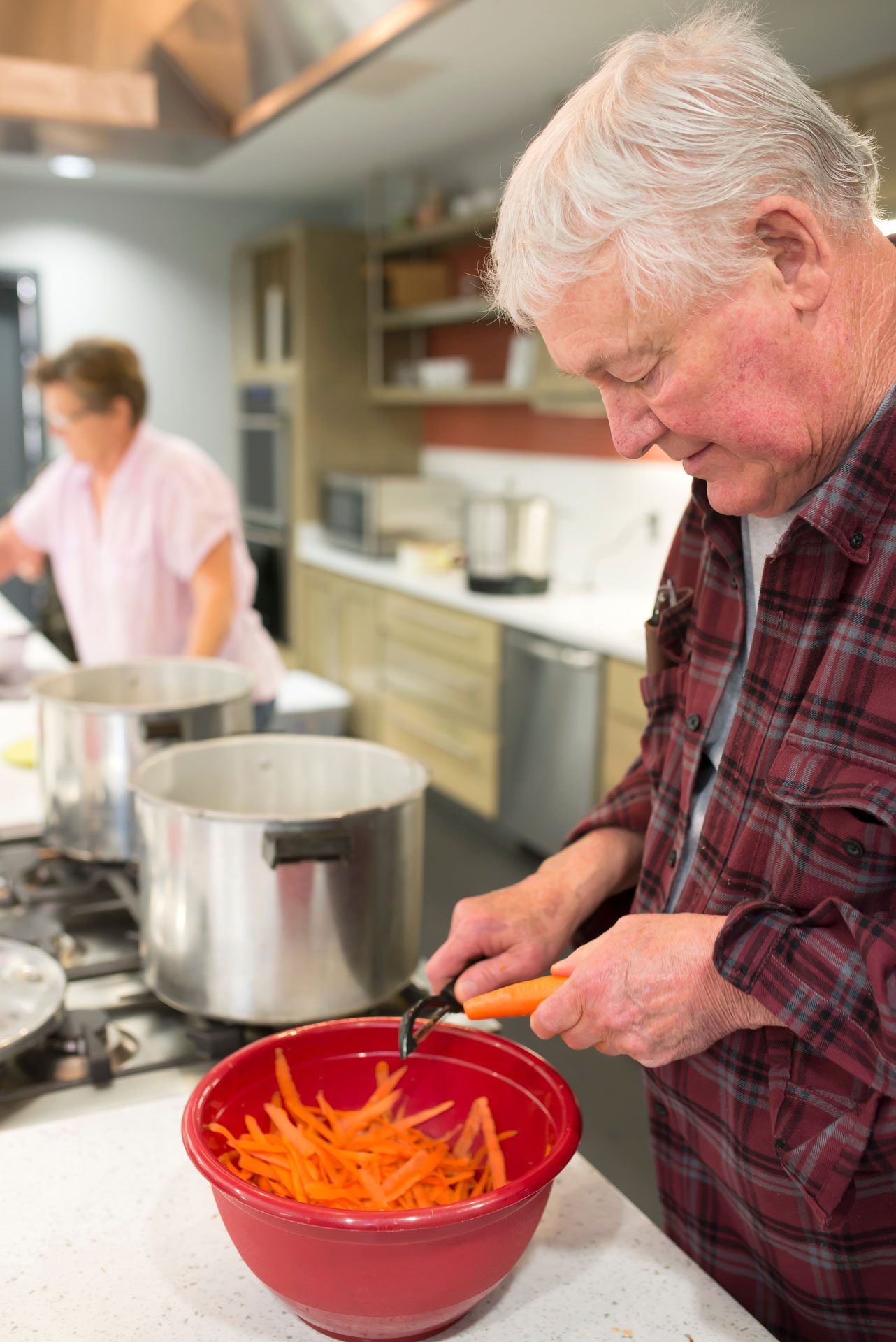
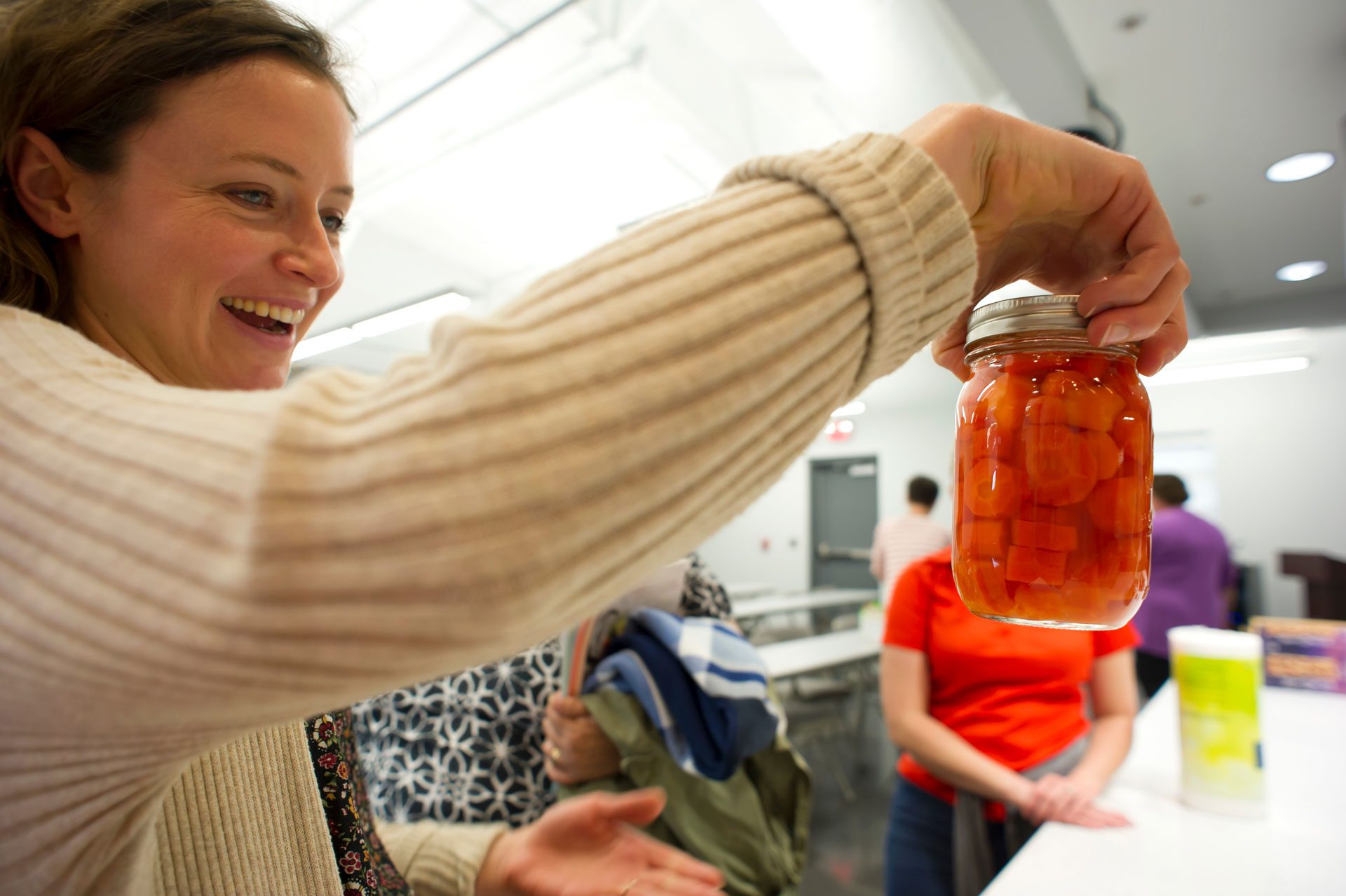
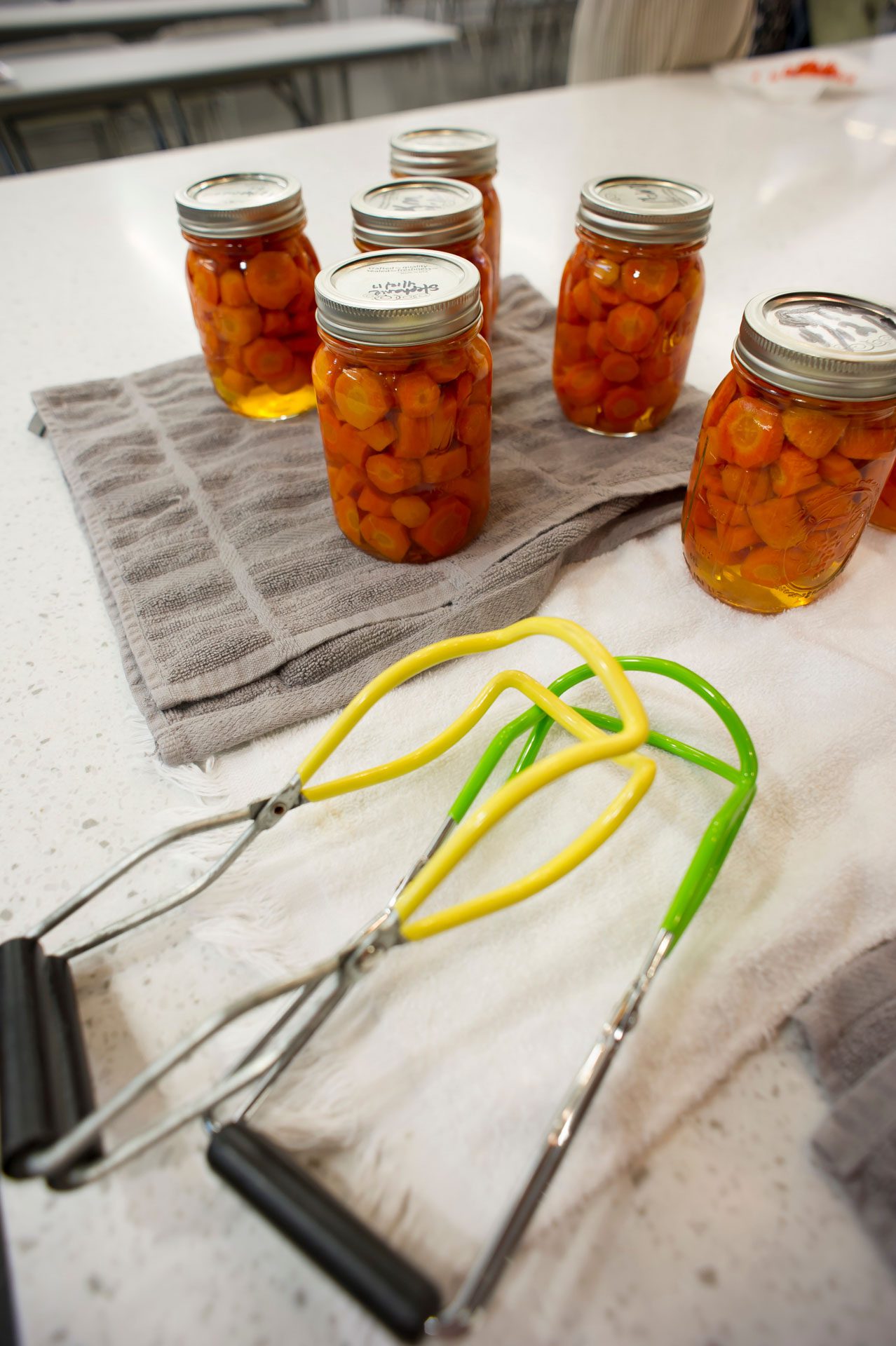
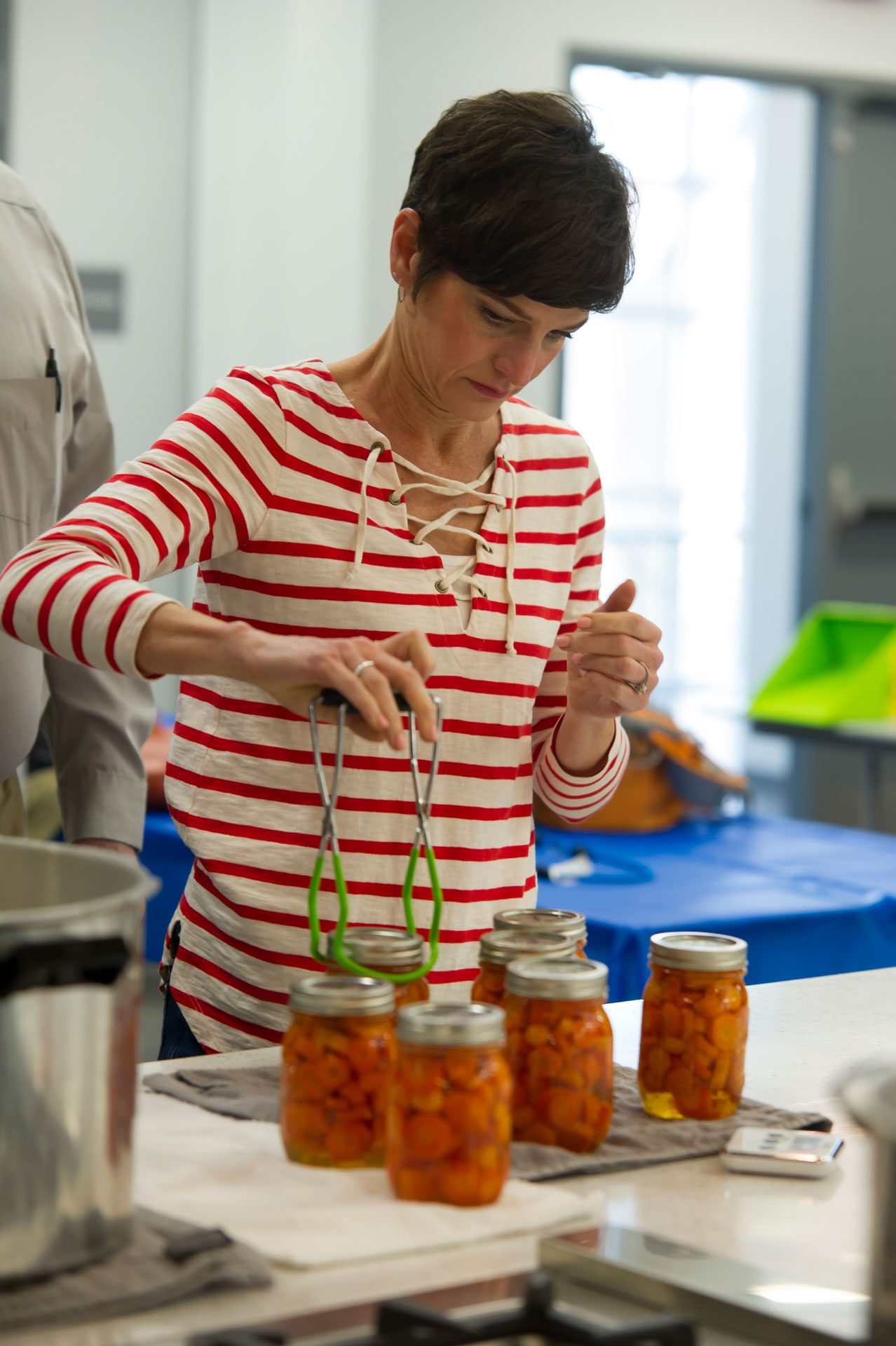
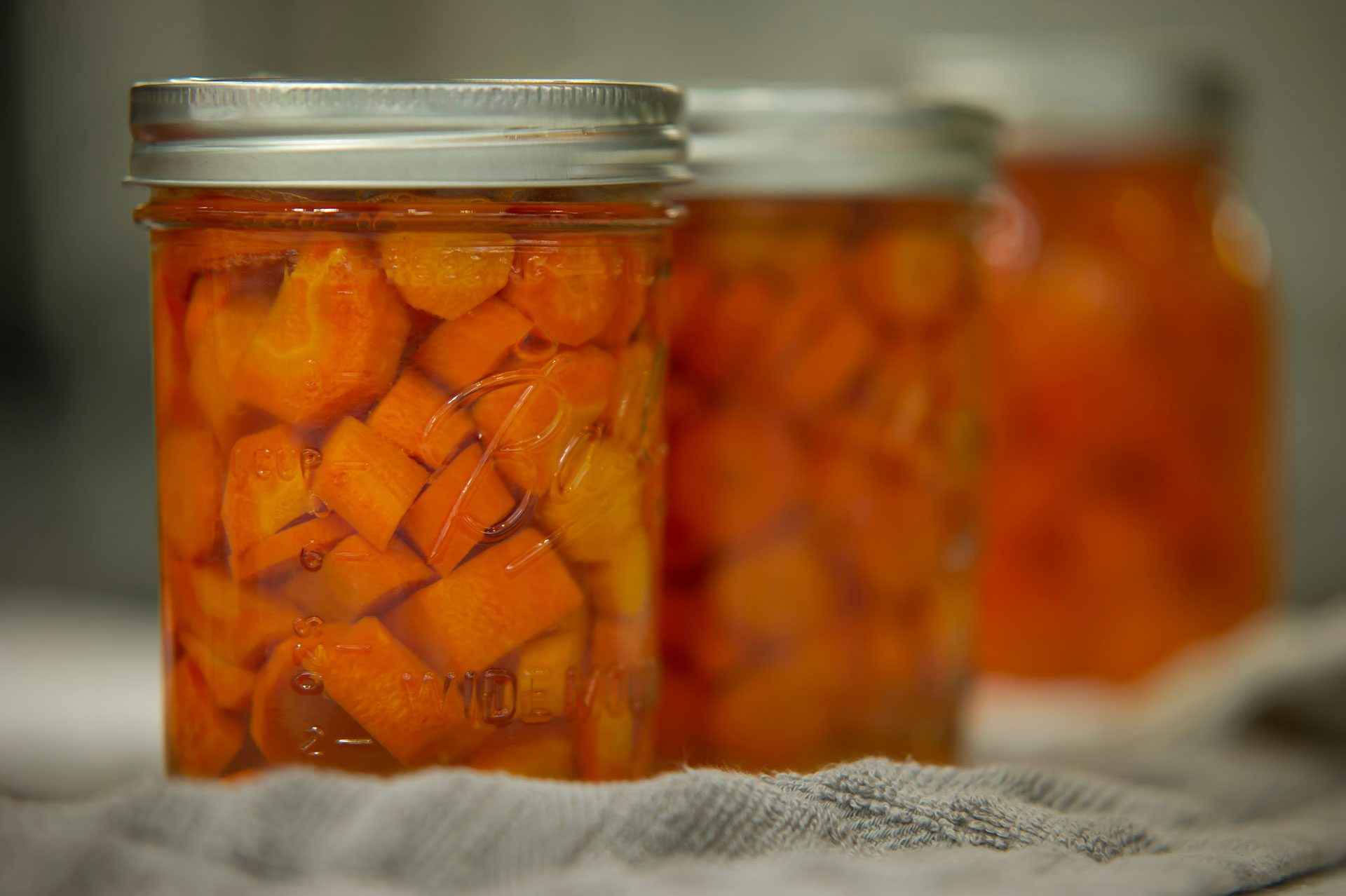
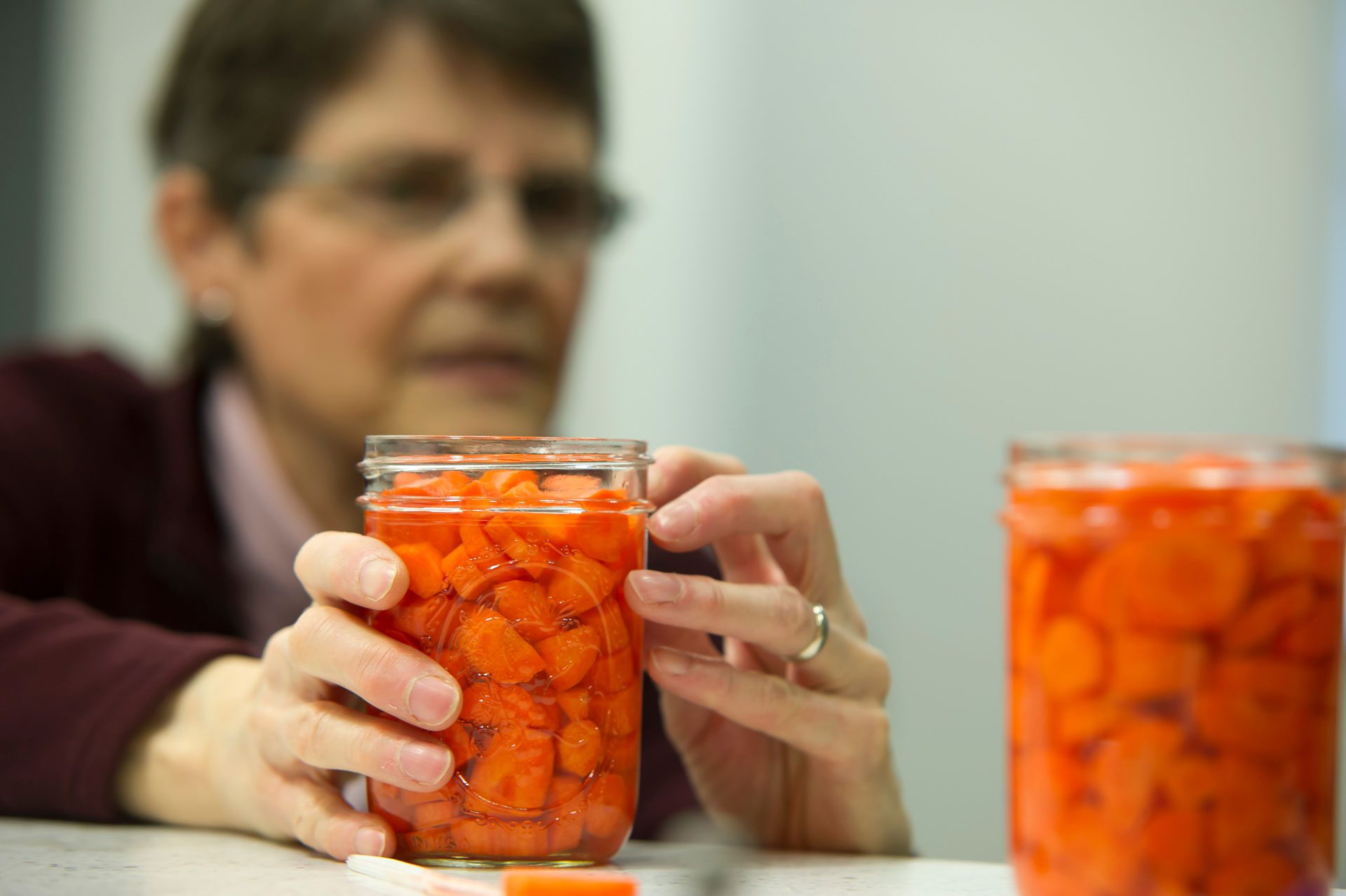

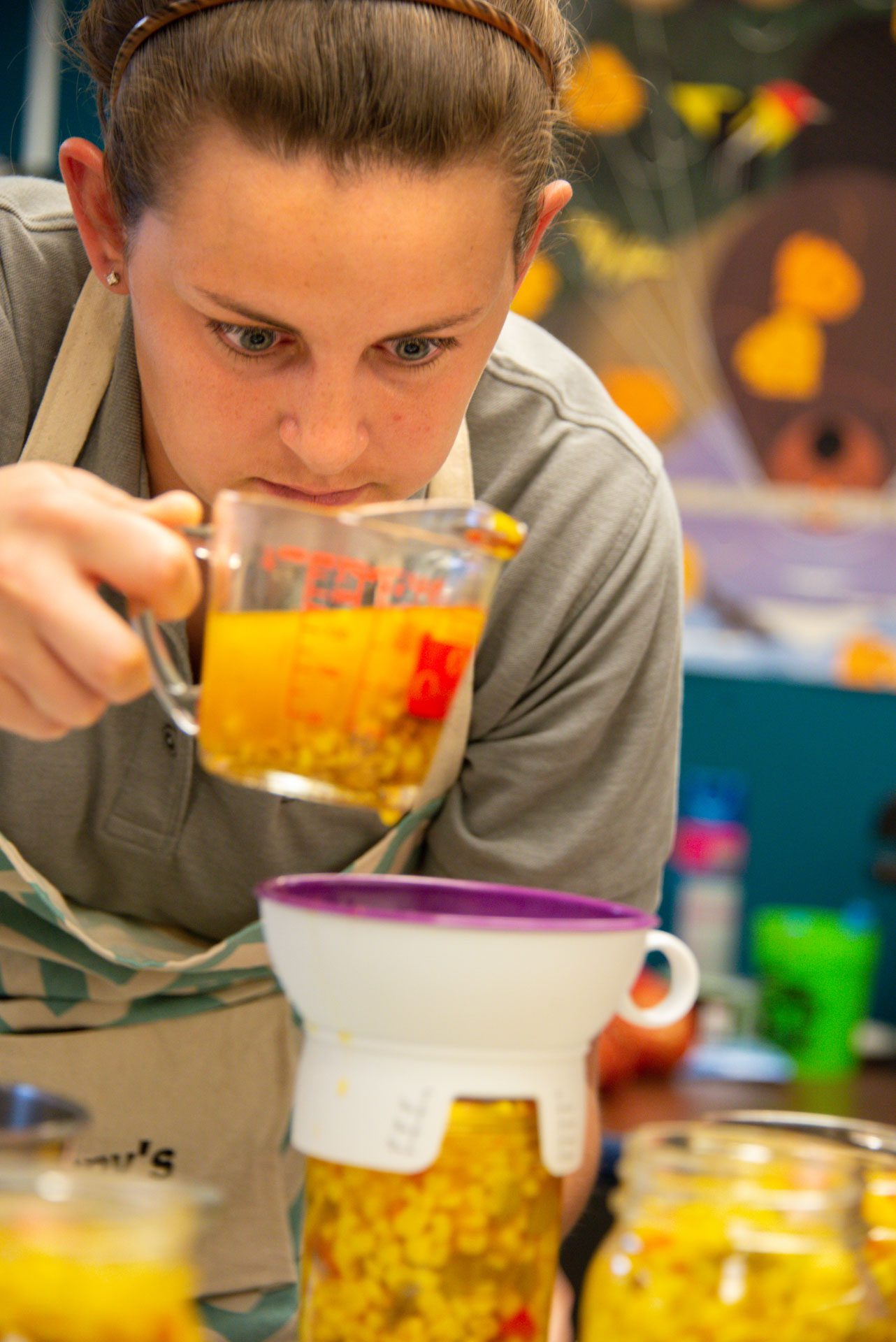
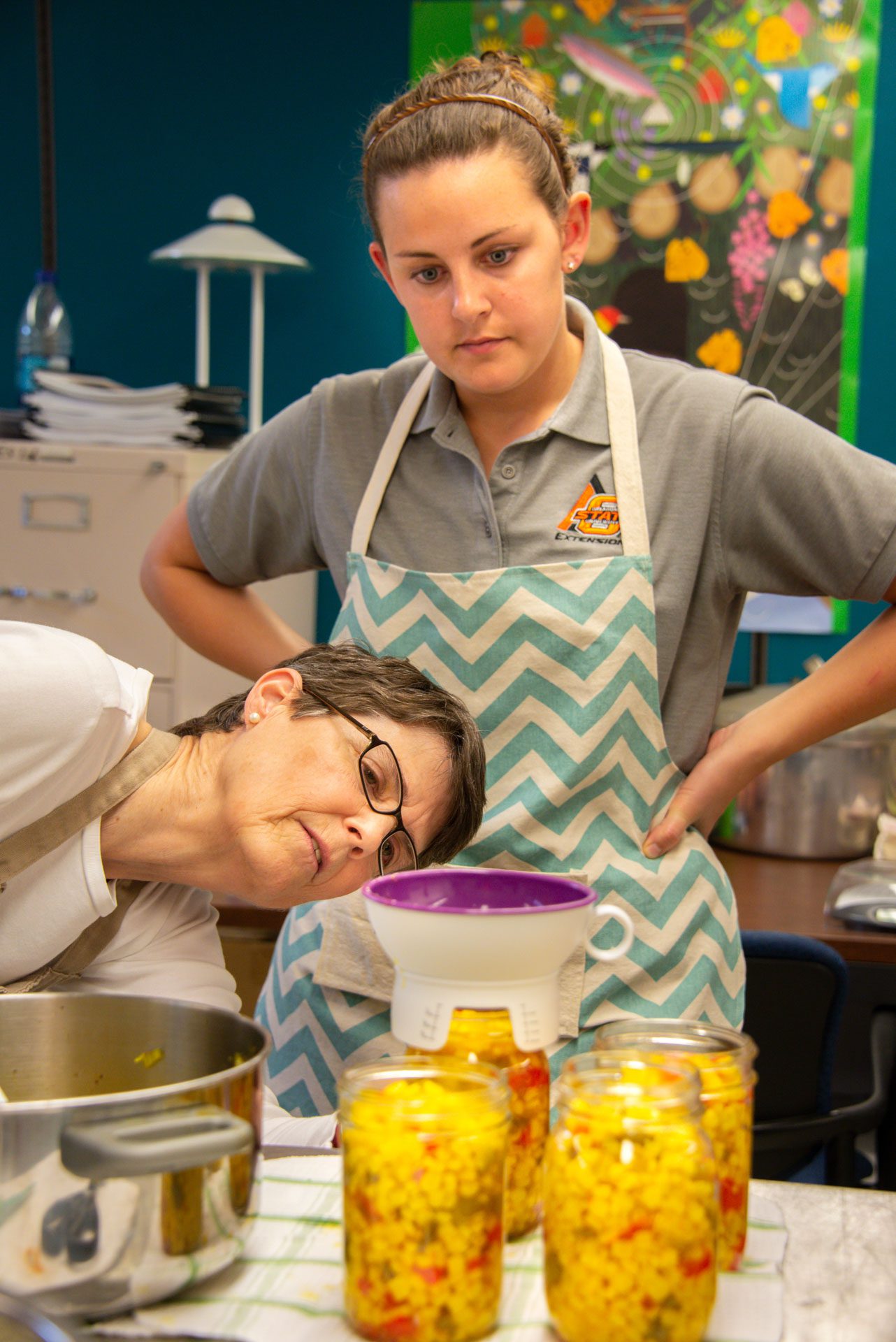
Photos courtesy the Oklahoma Cooperative Extension Service











